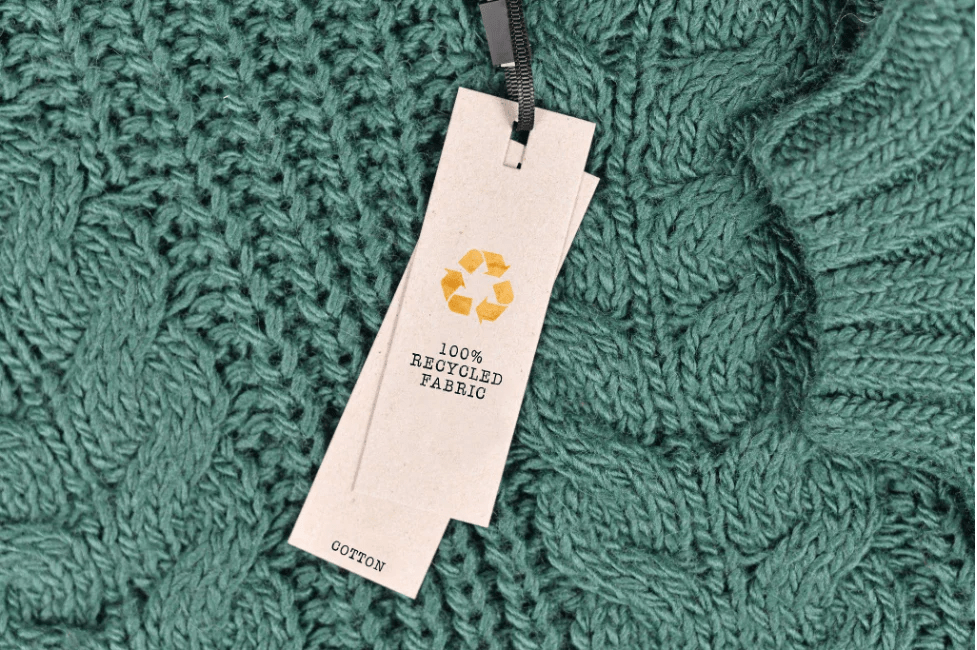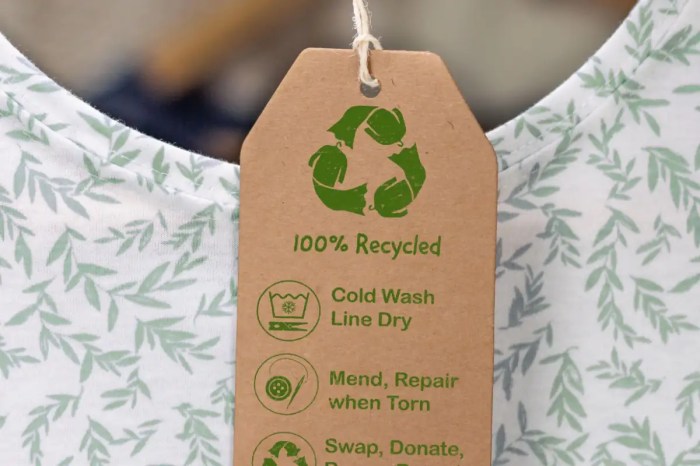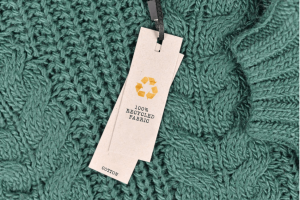
Step into the world of eco-friendly clothing brands where sustainability meets style, and discover the innovative practices shaping the fashion industry. From popular brands to ethical practices, this is your ultimate guide to a greener wardrobe.
Eco-friendly clothing brands

Eco-friendly clothing brands have gained popularity in recent years as consumers become more conscious of the environmental impact of the fashion industry. These brands prioritize sustainable practices in their production processes, using materials that are less harmful to the environment and ensuring ethical labor practices.
List of popular eco-friendly clothing brands:
- Patagonia
- Reformation
- Eileen Fisher
- People Tree
- Thought
Sustainability practices followed by these brands:
- Using organic cotton and other sustainable fabrics
- Implementing fair trade practices
- Reducing water and energy consumption in production
- Offering recycling programs for old clothing
- Transparent supply chains
Materials commonly used by eco-friendly clothing brands:
- Organic cotton
- Hemp
- Bamboo
- Tencel
- Recycled polyester
Comparison of pricing:
Eco-friendly clothing brands often have higher price points compared to traditional clothing brands. This is due to the higher cost of sustainable materials and ethical labor practices. However, many consumers are willing to pay a premium for eco-friendly clothing as they value sustainability and ethical production.
Benefits of choosing eco-friendly clothing
When it comes to choosing eco-friendly clothing, the benefits extend far beyond just personal style. By supporting eco-friendly clothing brands, individuals can play a crucial role in protecting the environment and promoting sustainable practices in the fashion industry.
Environmental Benefits of Supporting Eco-Friendly Clothing Brands
- Reduction in water consumption: Eco-friendly clothing brands often use organic materials that require less water to grow compared to conventional fabrics like cotton.
- Decreased chemical pollution: By avoiding pesticides and toxic dyes, eco-friendly clothing helps prevent harmful chemicals from entering ecosystems and water sources.
- Promotion of biodiversity: Sustainable farming practices used in eco-friendly clothing production support biodiversity and reduce the negative impact on ecosystems.
Contribution to Reducing Carbon Footprint
- Lower greenhouse gas emissions: Eco-friendly clothing brands prioritize sustainable production methods, which result in lower carbon emissions compared to conventional fashion brands.
- Encouragement of renewable energy use: Many eco-friendly clothing brands invest in renewable energy sources to power their operations, further reducing carbon footprint.
Impact of Fast Fashion on the Environment Compared to Eco-Friendly Options
- Fast fashion leads to overproduction and excess waste, contributing significantly to environmental pollution and resource depletion.
- Eco-friendly clothing brands focus on quality over quantity, promoting timeless pieces that are durable and have a lower environmental impact.
Ways Eco-Friendly Clothing Brands Promote Ethical Practices
- Transparency in the supply chain: Eco-friendly clothing brands often disclose information about their sourcing, production processes, and labor conditions to ensure ethical practices.
- Fair treatment of workers: By prioritizing fair wages and safe working conditions, eco-friendly clothing brands support the well-being of garment workers and uphold ethical standards.
Sustainable practices in the fashion industry
Sustainable practices in the fashion industry are crucial for reducing the negative environmental impact of the production process and promoting ethical standards throughout the supply chain. Eco-friendly clothing brands are leading the way in implementing innovative solutions to create a more sustainable future for fashion.
Importance of sustainable practices
Sustainable practices in the fashion industry help reduce the carbon footprint, water usage, and waste generated during the production of clothing. By choosing eco-friendly materials and manufacturing processes, brands can minimize harm to the environment and promote a more responsible approach to fashion.
Waste reduction strategies
- Eco-friendly clothing brands reduce waste by utilizing recycled materials, implementing zero-waste production techniques, and upcycling old garments into new products.
- By encouraging customers to recycle or donate old clothing, these brands further minimize the amount of textiles ending up in landfills.
Fair labor practices
Eco-friendly clothing brands prioritize fair labor practices by ensuring safe working conditions, fair wages, and proper treatment of workers throughout their supply chain. By partnering with factories that adhere to ethical standards, these brands support the well-being of garment workers and promote social responsibility in the industry.
Role of certifications
Certifications like Fair Trade play a significant role in ensuring sustainability in fashion by verifying that brands meet specific criteria related to environmental impact, social responsibility, and ethical production practices. By obtaining certifications, eco-friendly clothing brands demonstrate their commitment to transparency and accountability in their operations.
Clothes and shoes

In the realm of eco-friendly fashion, the focus extends beyond just clothes to also include sustainable shoe production. Let’s delve into the innovative practices and materials used by eco-friendly brands to create environmentally conscious footwear.
Upcycling in creating eco-friendly clothes and shoes
Upcycling is a key concept in the creation of eco-friendly clothes and shoes. This process involves transforming discarded or unused materials into new products, reducing waste and minimizing the environmental impact of fashion production. By upcycling materials like old denim, plastic bottles, or even tire rubber, brands can create unique and sustainable clothing and footwear options.
Sustainable materials in shoe production
Eco-friendly shoe brands often utilize sustainable materials such as organic cotton, hemp, cork, recycled PET plastic, and even materials like pineapple leaves (Piñatex) or mushroom leather. These materials are not only environmentally friendly but also durable and stylish, offering consumers a guilt-free and fashionable choice when it comes to footwear.
Vegan leather in the fashion industry
Vegan leather has gained popularity in the fashion industry as a cruelty-free alternative to traditional leather. Made from materials like polyurethane or plant-based materials, vegan leather provides a sustainable option for consumers looking to avoid animal products. Its production also has a lower environmental impact compared to traditional leather, making it a preferred choice for eco-conscious fashion brands.
Biodegradable shoes and their benefits
The creation of biodegradable shoes involves using materials that can naturally break down in the environment, reducing waste and pollution. Brands may use materials like biodegradable plastics, natural rubber, or even innovative bio-based materials to craft shoes that can decompose over time. By opting for biodegradable footwear, consumers can contribute to a cleaner environment and reduce the burden on landfills, promoting sustainability in the fashion industry.
Wrap-Up
As we wrap up our journey through the realm of eco-friendly clothing brands, remember that every purchase has the power to make a difference. Embrace sustainability, support ethical practices, and let your style shine bright while protecting the planet.
FAQ Guide
What are some popular eco-friendly clothing brands?
Some popular eco-friendly clothing brands include Patagonia, Eileen Fisher, and Reformation.
How do eco-friendly clothing brands promote ethical practices?
Eco-friendly clothing brands promote ethical practices by ensuring fair labor conditions, using sustainable materials, and supporting environmentally friendly production processes.
What materials are commonly used by eco-friendly clothing brands?
Eco-friendly clothing brands commonly use organic cotton, recycled polyester, hemp, and bamboo fabrics.
How does the pricing of eco-friendly clothing compare to traditional brands?
Eco-friendly clothing may be priced higher due to sustainable practices and quality materials, but the long-term benefits for the environment outweigh the initial cost.

.jpg?w=700)



